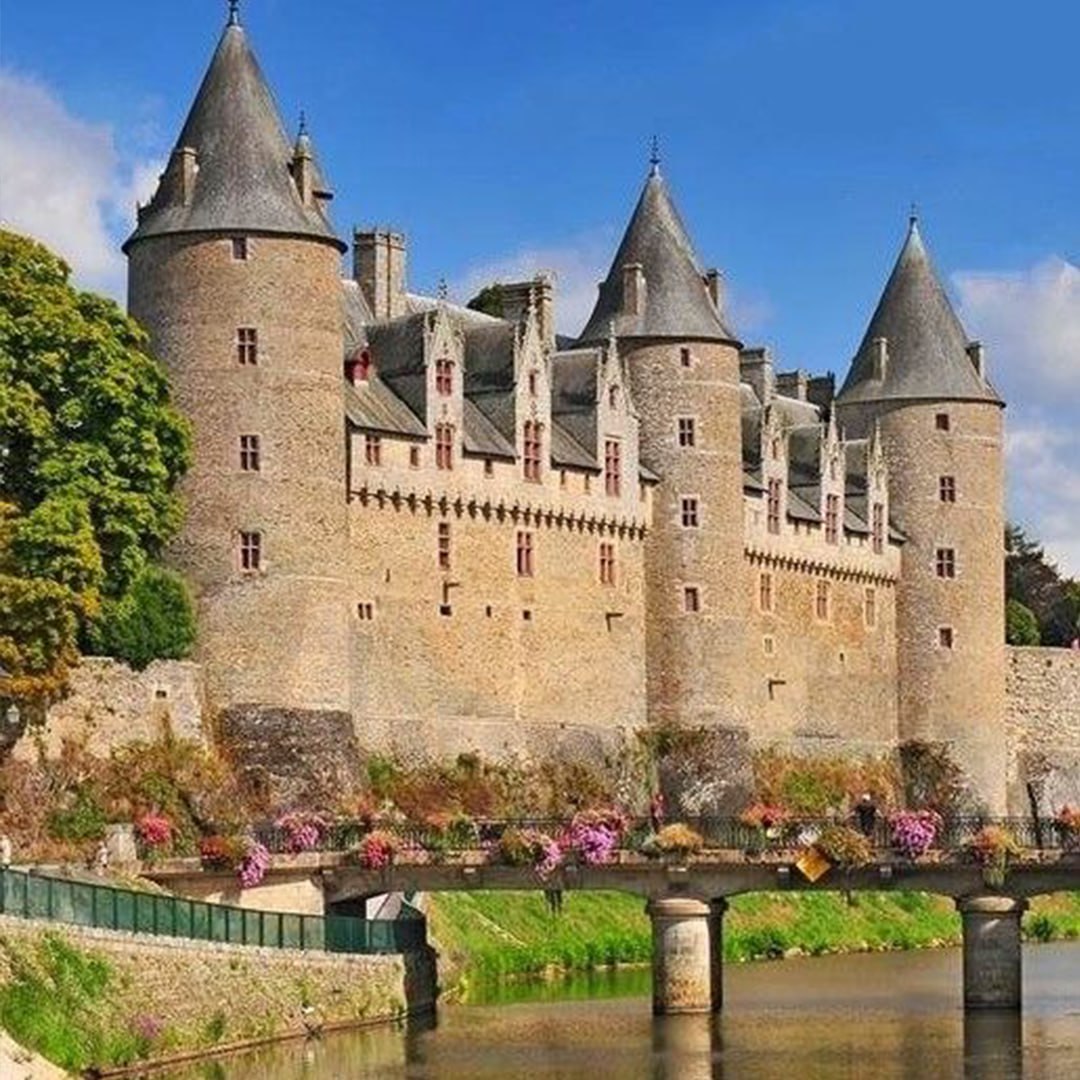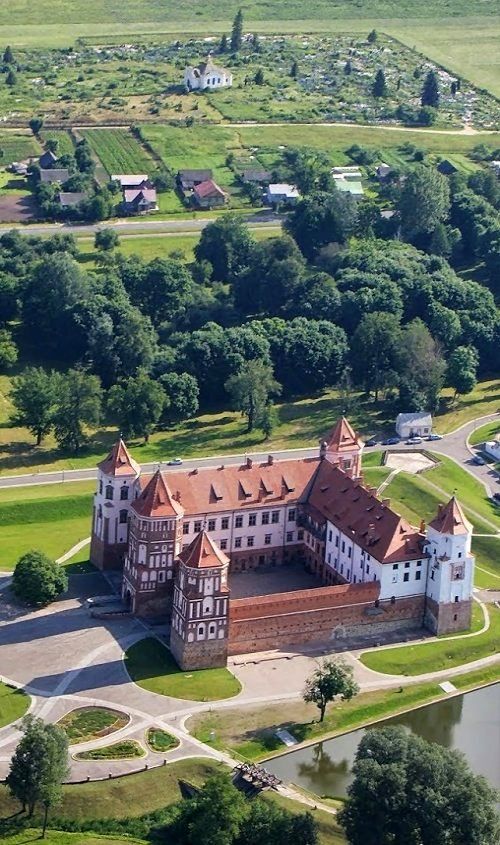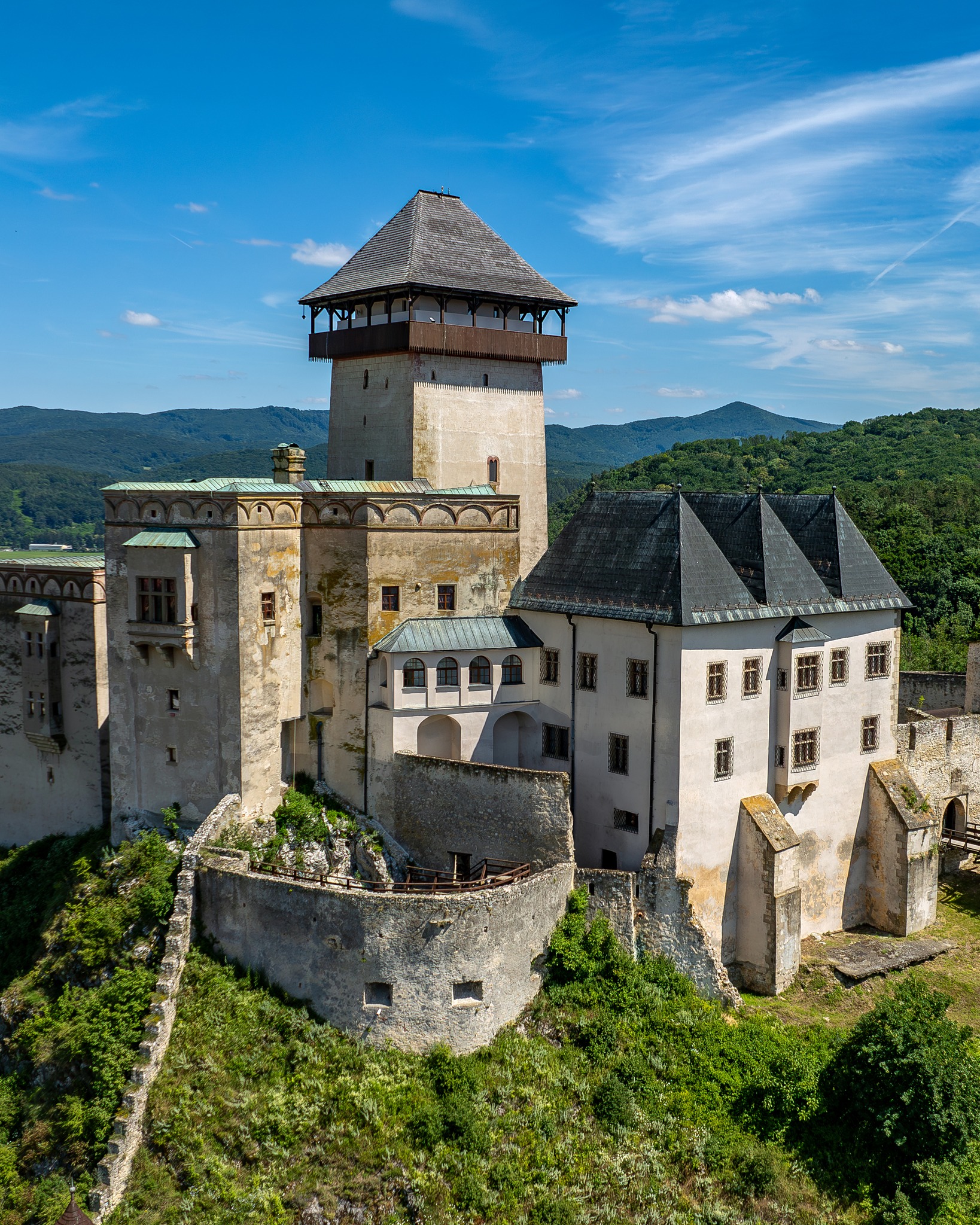The Castello di Roccascalegna is a historic defensive structure situated in the town of Roccascalegna, within the province of Chieti in Italy. Perched dramatically on a rocky outcrop, the castle offers a commanding view of the surrounding area, emphasizing its strategic importance throughout history.
The castle’s origins date back to the early medieval period, although the exact timeline of its construction is uncertain. It is believed to have been built around the 11th or 12th century, possibly by the Lombards, as part of a network of fortifications designed to protect against invasions and raids. Over the centuries, the castle underwent numerous modifications and expansions, reflecting the changing architectural styles and defensive needs of the times.
One of the most striking features of the Castello di Roccascalegna is its integration into the natural landscape. The castle’s walls and towers rise directly from the rocky cliff, making it appear almost as an extension of the rock itself. This integration not only provided a formidable defensive advantage but also contributes to the castle’s picturesque and imposing appearance.
The castle’s architecture includes a variety of elements typical of medieval fortifications, such as battlements, narrow windows for archers, and a drawbridge. Inside, visitors can explore various rooms and chambers, including a chapel, a dungeon, and living quarters, which offer a glimpse into the life of its medieval inhabitants.
Throughout its history, the Castello di Roccascalegna has been the site of numerous legends and local folklore. One of the most famous legends involves a cruel medieval baron who was said to have invoked the “jus primae noctis” (the right of the first night) and met a grisly end at the hands of a brave bride. This tale adds to the castle’s mystique and allure.
Today, the Castello di Roccascalegna is a popular tourist destination, attracting visitors with its dramatic setting, historical significance, and the legends that surround it. It serves as a powerful reminder of the region’s medieval past and continues to captivate those who visit.


